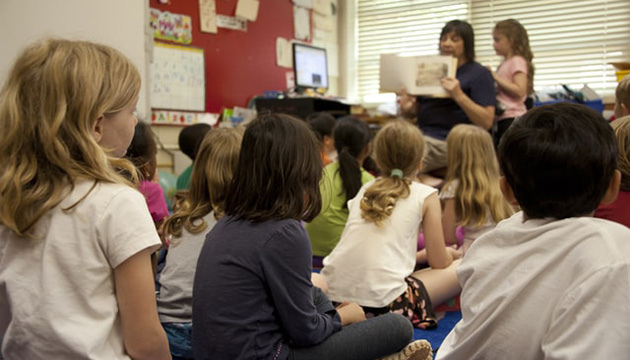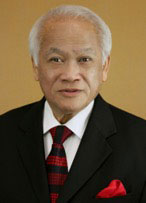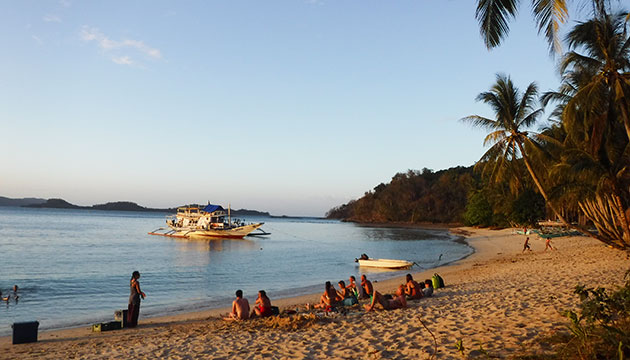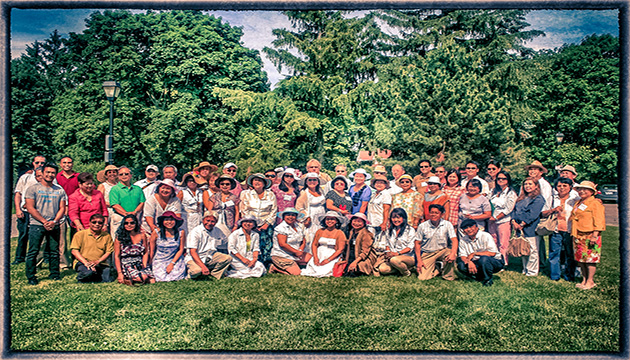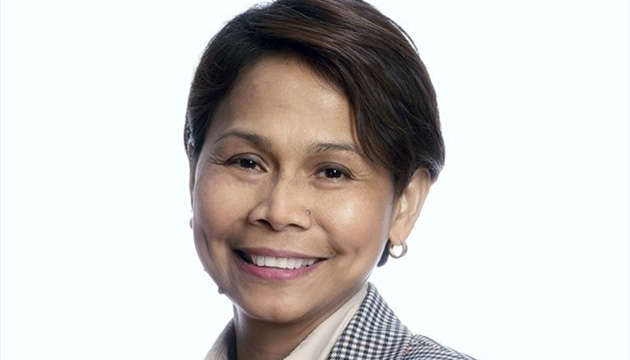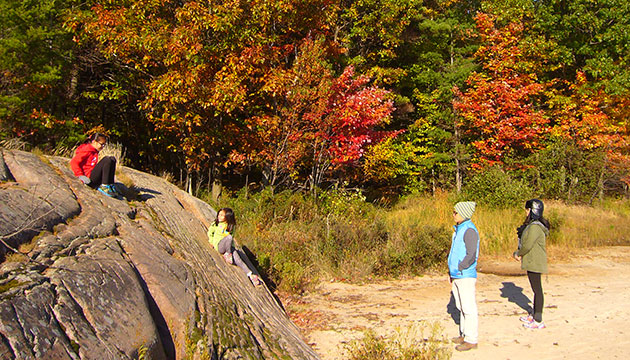(This is Part 14 of Dr. Pagtakhan’s column, Medisina at Politika, on Covid-19.)
There is a universal chorus to bring children safely back to school even in the midst of COVID-19, the worst public health crisis in over a century. At the same time, there have been some very strong dissonant voices against mandatory in-person instruction without flexibility. Why the seeming divide of viewpoints?
I have never observed such intensity of deeply held opposing viewpoints about school re-opening from my reading of the mainstream media, position statements of professional pediatric associations, guidelines of World Health Organization (WHO), Public Health Agency of Canada (PHAC) and USA Centers for Prevention and Disease Control (CDC-USA) and of medical and scientific reports on the burden of the pandemic on children.
Consideration of the full spectrum of benefits and risks of in-person and virtual learning options for children would lead to better understanding and less agonizing.
Importance of in-person schooling on children’s health and well-being
Schools are the children’s second home. They provide not only educational instruction and development of social, emotional, language, communication and interpersonal skills but also necessary services to children and families such as school meal programs to address nutritional needs, organized physical activities to guard against obesity, and a bundle of all-encompassing health services – physical, social, and psychological – to help alleviate health disparities, relieve families of economic and psychological stress and lessen the risk of conflict while ensuring a well rounded and healthy child. Indeed, no other setting other than children’s home offers a greater influence on their well-being. Also, schools play a vital role in the economic health of communities by employing teachers and other personnel.
As a corollary, interruption of in-person schooling harms learning, more severe at higher grade levels. Low-income families are disproportionately disadvantaged due to limited or no access to distance learning. Students with disabilities and developmental delays, who often rely on special education services, counseling, and after-school programs to meet basic developmental needs, bear an extra burden. Opportunities for facilitated physical activity – absence of which is a major risk factor for childhood obesity and accompanying medical problems - are lost.
Children who live in a home where neglect or abuse occurs, lose their access to trained school professionals for early identification and needed support.
In an open letter, over 1500 members of the United Kingdom’s Royal College of Paediatrics and Child Health have voiced their concern: that continued school closures “risk scarring the life chances of a generation of young people.”
Indeed, the importance of schooling and the harm school closure brings are duly acknowledged.
Agonizing dilemma over school re-opening
Why then this public expression of stress and agonizing sentiments on the part of others? Parents, teachers, local school boards/districts and healthcare providers have expressed their fear and apprehension, notwithstanding the guidance and recommendations in support of classroom instruction from both the Canadian and the American Pediatric Societies, PHAC, CDC-USA, and WHO and the low burden of the pandemic on children – less infection rate at least in areas with low community transmission, less severity of illness, and less spread of the contagion among themselves and in the community. It should be cautioned, however.
Understandable fear and apprehension
Kathi Valeii, a USA-based writer who has championed parenting issues, opined in her August 20 article for CNN News, Teachers and students shouldn't be Covid-19 experiments in the fall: “Even though I'm grieving my own kids' isolation and seclusion, no matter what my district chooses to do, my children will continue to learn remotely when school begins. In an ideal world, opening schools is what everyone wants, sure. But this isn't an ideal world and it certainly won't be in a few weeks' time. Considering in-person instruction as cases continue to climb is unfathomable. What kind of equitable, robust online learning systems, community support networks, and childcare options could have been meaningfully coordinated if remote learning weren't considered a contingency plan?” She concluded: “There are no perfect solutions for parents right now, but there is only one solution for schools: stay closed until the virus is contained or until there is a vaccine.”
Two weeks ago on August 14, the Globe and Mail’s report, ‘It’s really stressful’: Why the decision to opt kids in or out of public school this fall is so difficult, featured Jeffrey Schiffer, a father of two boys at kindergarten and Grade 4 levels, who with his wife had agonized whether to send their children back to the public schools where meaningful social distancing would be difficult to maintain, particularly for the younger one who is prone to viral-induced asthma.“It’s a struggle because we’re both strong supporters of the public education system,” he told the newspaper reporter. “It’s really stressful.”
On July 10, teacher and freelance writer Elana Rabinowitz in her opinion piece for CNN News, I teach public school. I love my students. I don't want to die, wrote: “I understand that we are all desperate to go back to normal. But there is no normal anymore... Perhaps the new normal means thinking of teachers in a new light. The parents among you have all had a glimpse these last few months of what our job entails. If you want us to continue doing it, it's time for you and your elected officials to work with us to ensure that we are as safe and comfortable at school as you hope your children to be…We want to be there for the kids, especially now. But who will be there for us – the educators? The ones who, along with other school staff, are literally being asked to risk our lives so the economy could go back to normal?” She concluded: “The bottom line is that each school within each district will have to come up with what works best for them…What schools need from the top is support, flexibility and money -- not control… we need to redesign schools to include the valuable insight that only classroom teachers can provide.”
On July 12, Dr. Stephen Kessler of Arizona, on behalf of 97 practising physicians who are also parents of school age children, wrote an open letter to state Governor Doug Ducey to share their concern “that the tremendous pressure to return to in-person schooling in August is ill-advised and dangerous given the uncontrolled spread of COVID-19 in our community” and to underscore their concurrence that “Local school leaders, public health experts, educators and parents must be at the center of decisions about how and when to reopen schools, taking into account the spread of COVID-19 in their communities and the capacities of school districts to adopt safety protocols to make in-person learning safe and feasible.”
These are very soul-searching viewpoints. Who would not be in such a dilemma when we consider the continuing human toll?
Magnitude of Human Toll –
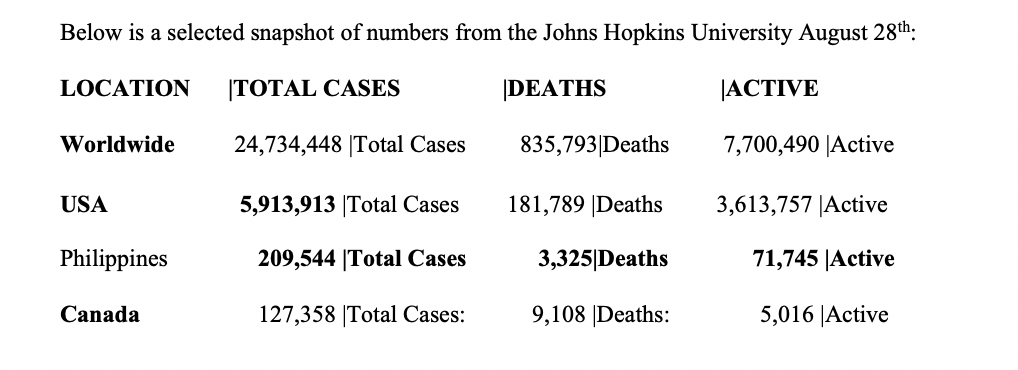
School plans for re-opening
Jennifer Couzin-Frankel, Gretchen Vogel and Meagan Weiland, writing for the journal Science on July 8, School openings across globe suggest ways to keep coronavirus at bay, despite outbreaks, discussed half a dozen questions as they looked at re-opening strategies from South Africa to Finland to Israel: How likely are children to catch and transmit the virus? Should children play together? Should kids wear masks? What should schools do when someone tests positive? Do schools spread the virus to the wider community? What lies ahead?
They found two patterns emerged: 1) a combination of keeping student groups small and requiring masks and some social distancing helps keep schools and communities safe, and 2) opening safely is both about the adjustments a school makes and about how much virus is circulating in the community. The latter influences the likelihood that students and staff will bring COVID-19 into their classrooms.
These patterns of approach have been reflected in Canada’s plans for re-opening schools. The fact that its 10 provincial and 3 territorial governments are responsible for the organization, delivery, and assessment of education from elementary to postsecondary levels, including for technical and vocational education – a constitutional feature of Canadian federalism - has helped ensure decisions that have been crafted with great input from local communities and not a top-down control from the national government.
Thus, their rules to govern 1) mandatory or advisory use of face masks in common settings and in the classroom, 2) class size and levels, 3) learning groups and cohorts, 4) blend of in-person and distance learning and options for either, 5) physical distancing, 6) no sharing of supplies, 7) staggered schedules for class, lunch and recess, 8) seating in school bus, 9) attention to hygiene measures, 10) how to handle a positive case, and 11) backup plans in the event of moderate-to-widespread transmission of COVID-19, ostensibly, vary among governments, but the flexibility – the willingness to change direction - is a welcome feature and would go a long way to less agonizing. [Readers are advised to check for province/territory-specific rules with the respective jurisdiction.]
Let me end this commentary with this statement from the Globe and Mail editorial of August 11: “Parents are going to be watching closely.”


